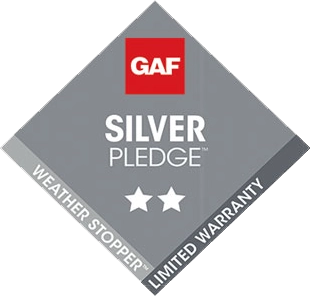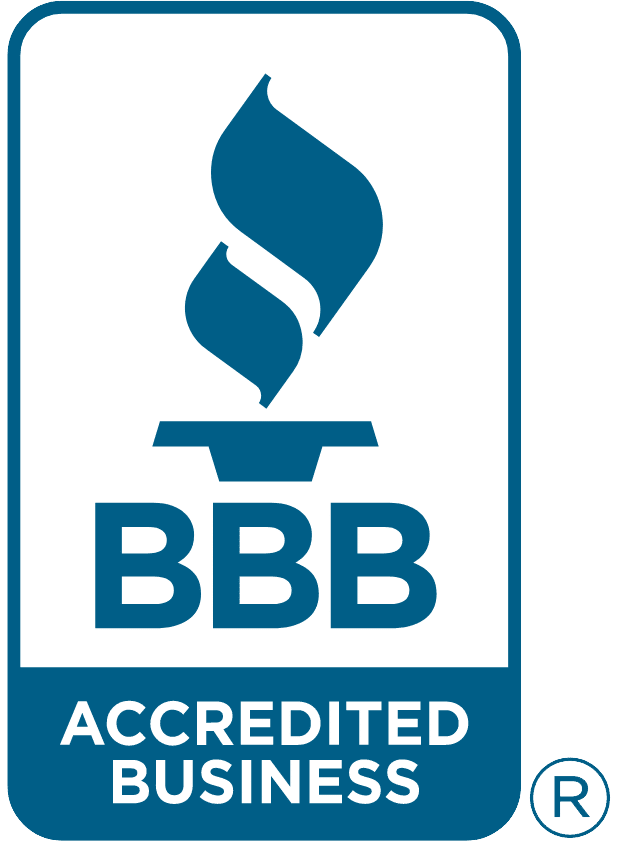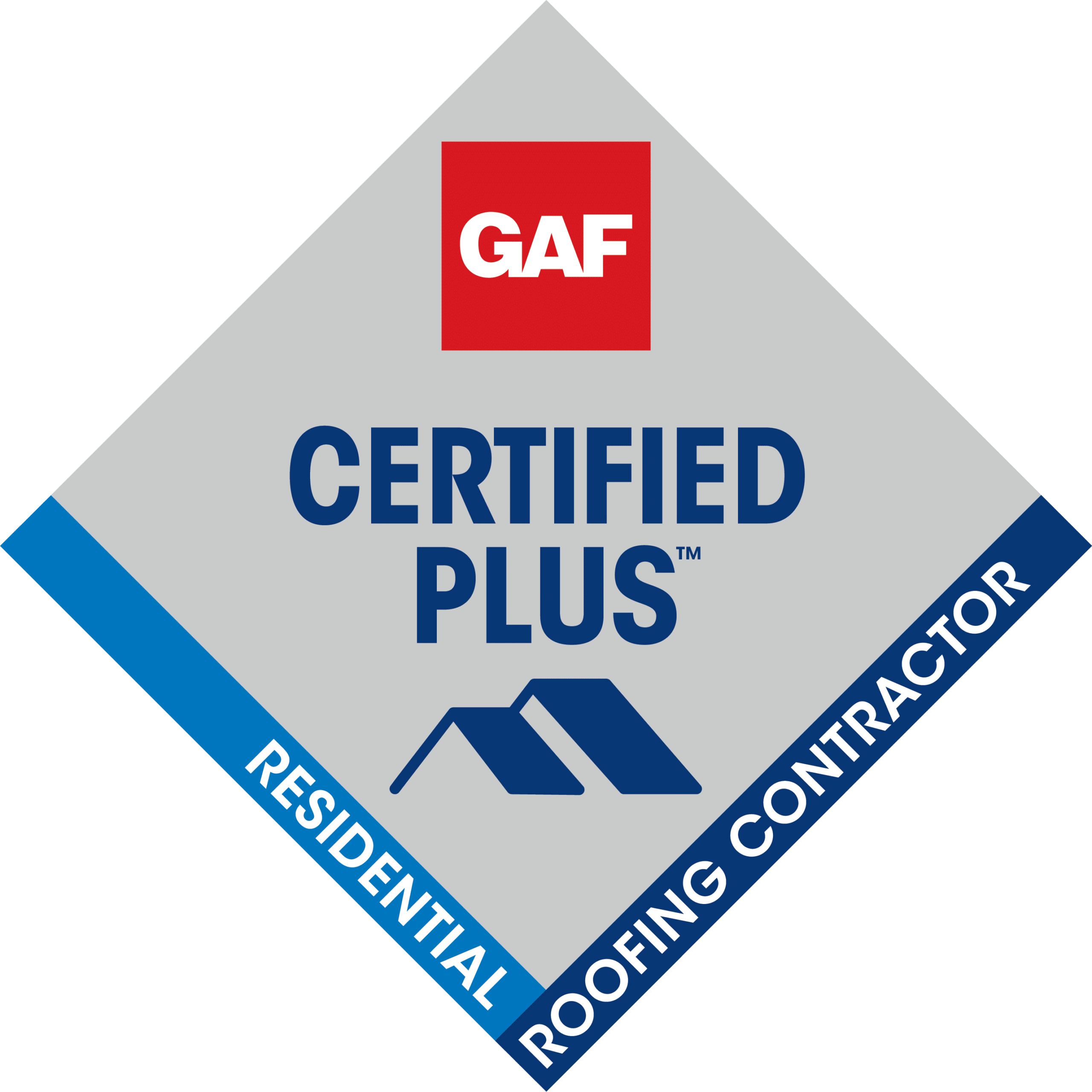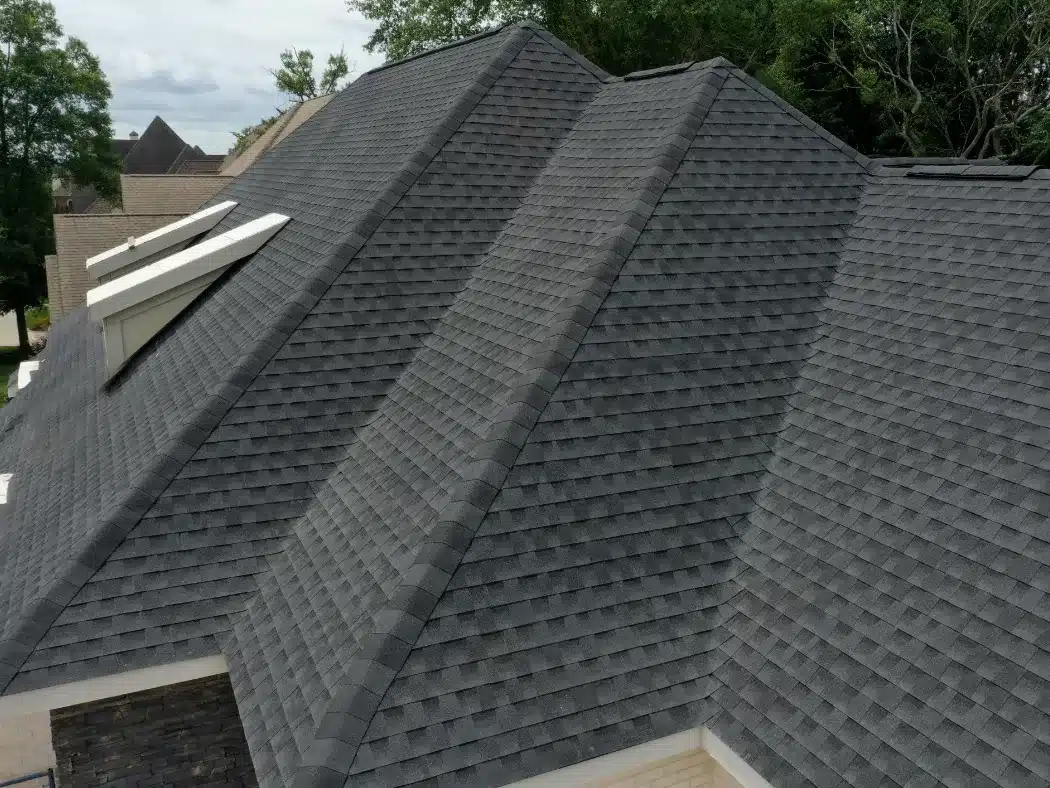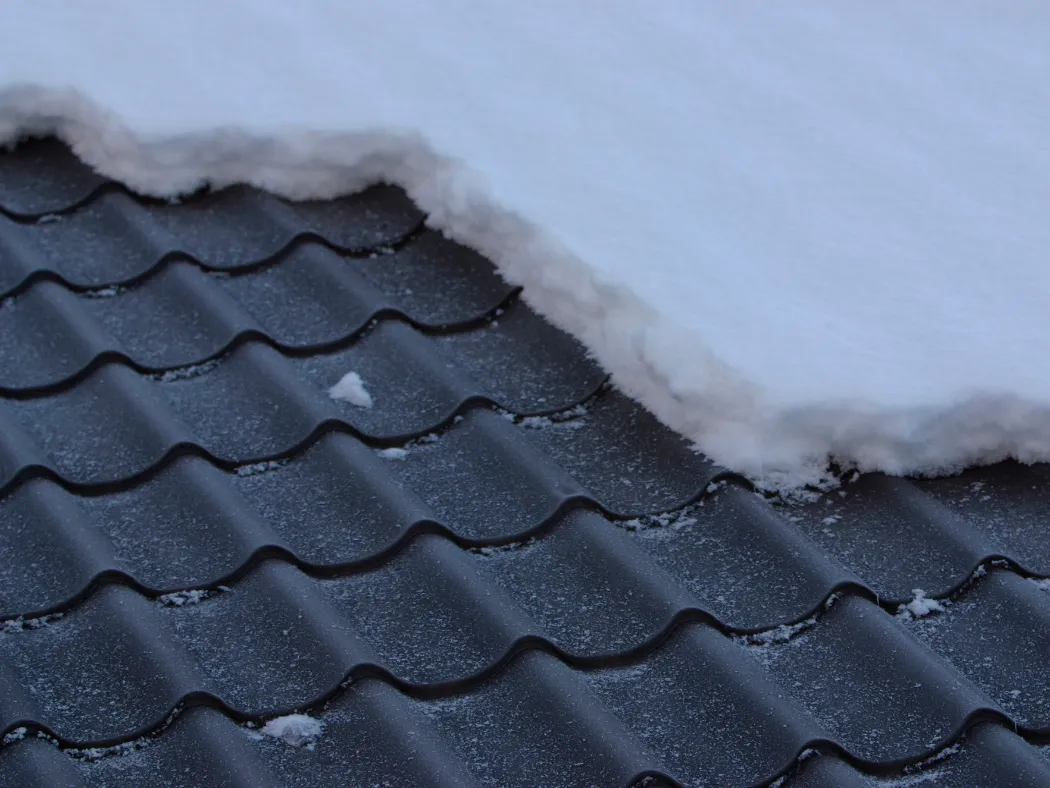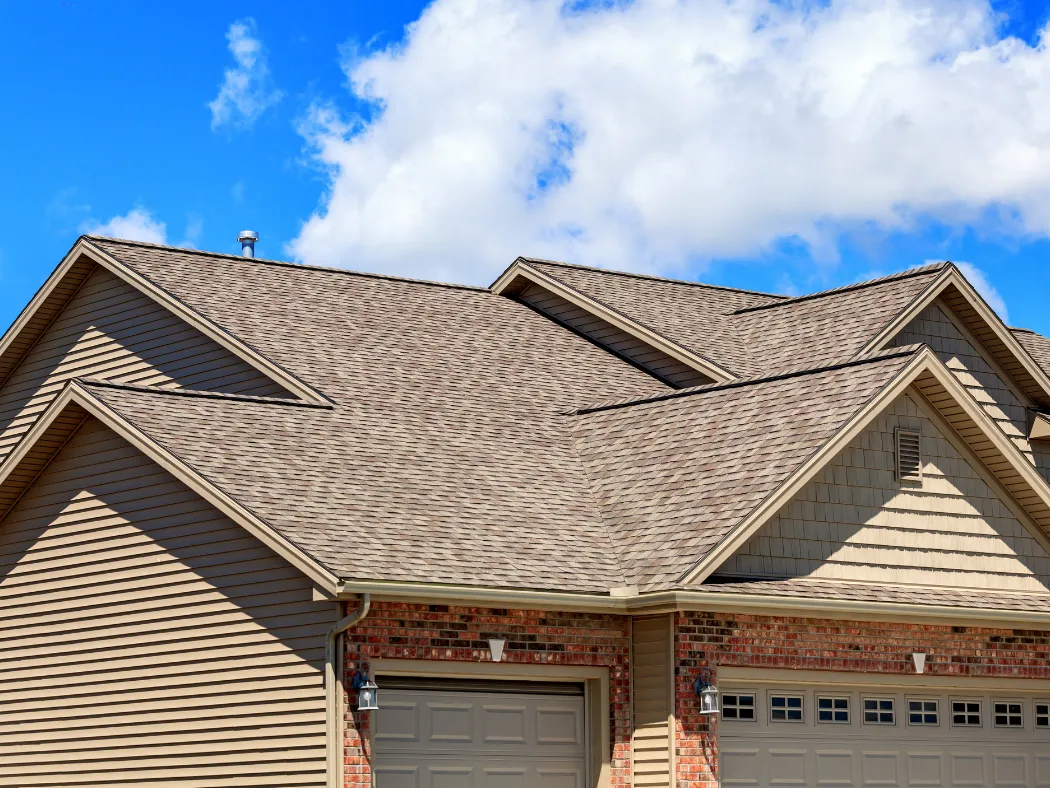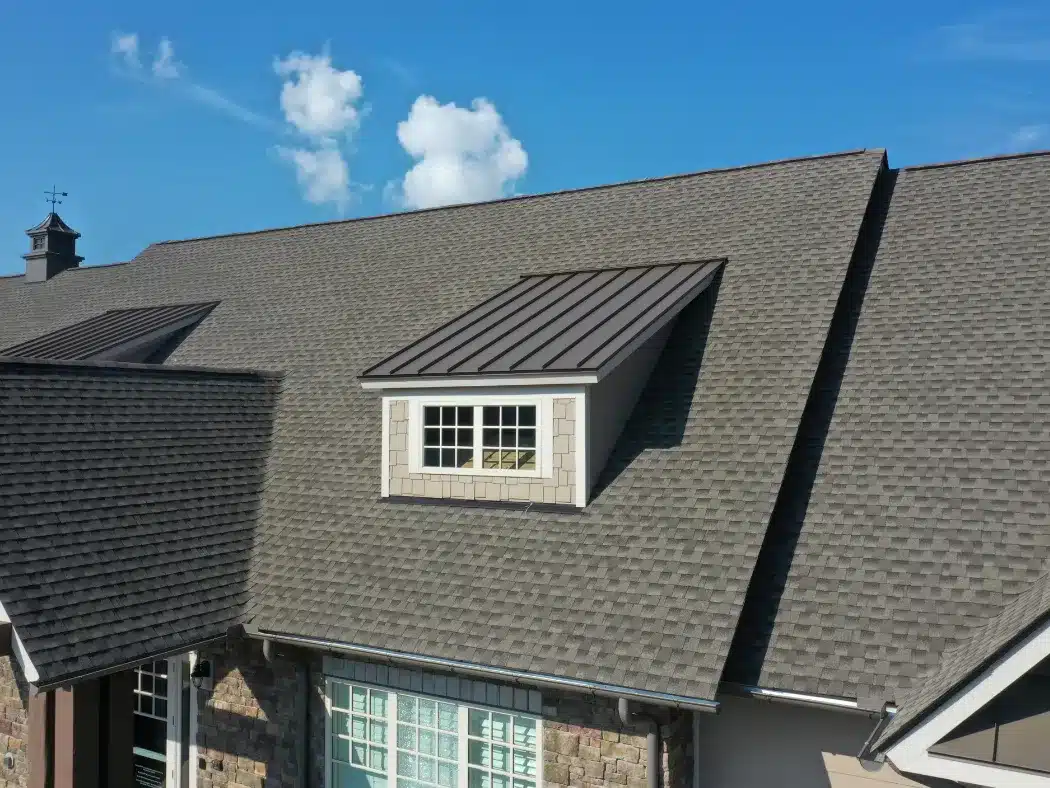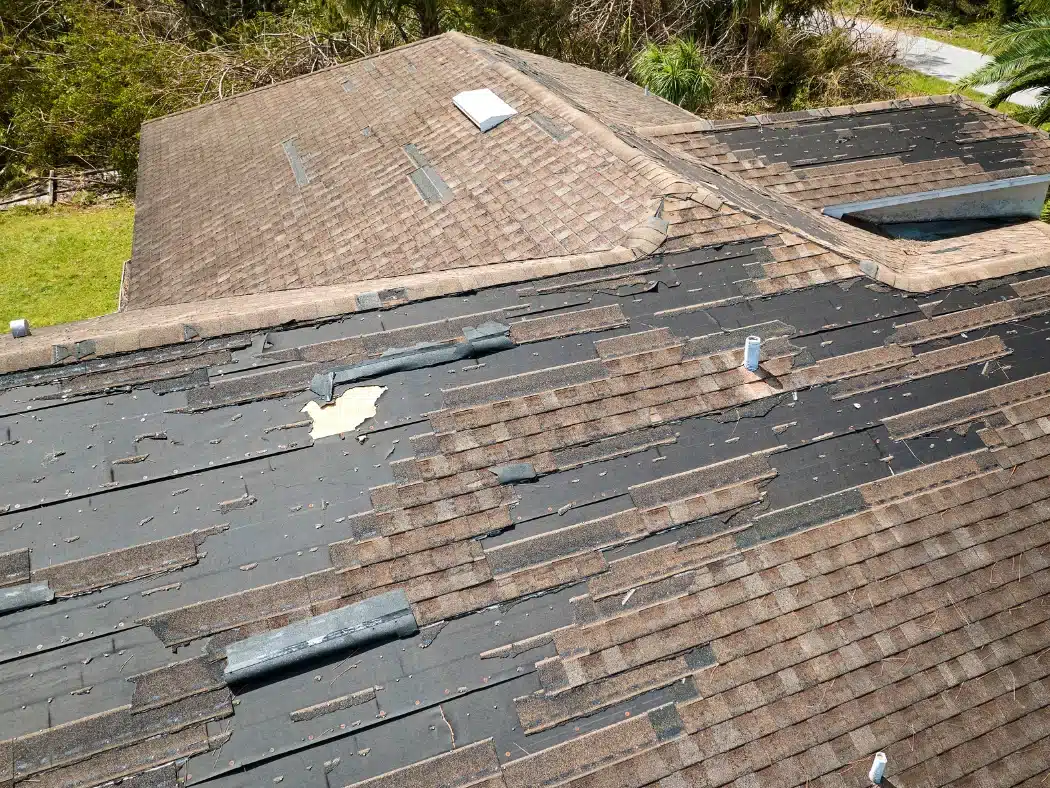It was a summer night like any other until a storm rolled through, damaging your roof and sending you scrambling for buckets to catch the steady drip of water coming from your attic ceiling. On top of the stress of scheduling urgent repairs, you’re left wondering how to navigate the insurance claims process. Will this be covered? How long will it take? What can I do to be better prepared next time? In this blog, we break down what you, as a homeowner, need to know about insurance claims and roof damage so you can save time, money, and frustration in the future.
Does Insurance cover all Roof Damage?
Not all roof damage is covered by insurance. Every policy is different, so it’s essential to consult with your trusted roofing contractor, who has experience with the insurance claims process and your insurance provider, to understand your coverage better. Many insurance policies cover damage caused by:
- Severe weather
- Hailstorms
- Windstorms
- Fire
- Lightning
- Falling objects
Essentially, sudden and unpreventable causes of damage are more likely to be eligible for a claim. Normal wear and tear of roofing materials is typically not covered by insurance.
What to Do When You Have Roof Damage
Not only is the cause of the roof damage critical, but so is how well it is documented. Here is what you should do in the aftermath of severe weather to assess the damage:
Site Evaluation
Start looking for damage to your roofing system and home’s exterior from the safety of the ground. Follow up by scheduling a trusted professional roofing contractor to conduct a comprehensive inspection, complete a thorough roof evaluation report, and provide recommendations for addressing any identified damage.
Record the Details
Take high-quality pictures of all roofing damage to provide to your roofing contractor and insurance company if needed. If there was a storm, note the time and date of the event and get images of any debris or hail that is still on your property. The more thorough your records, the stronger your claim will be with your insurance company.
Prevent Further Damage
Depending on the extent of the damage, you may need to take temporary measures to prevent more damage from occurring. Move valuables away from leaks or water damage and lay out a tarp or buckets inside your house to collect any water that may leak onto your floor. Additionally, reputable roofing contractors will provide emergency temporary tarping on spot areas across your roof following an inclement weather event where damage has created a leak. Keep receipts for any emergency repairs or protective measures in case your insurance can reimburse you for them.
Contact Your Trusted Roofing Contractor and Insurance Company
Contact your trusted roofing contractor first to minimize post-storm damage, complete a professional roofing evaluation, and then contact your insurance company to report the incident before you begin making any repairs. They may request documentation of the damage and schedule an inspection with one of their insurance adjusters. This is why it is beneficial to have a trusted roofing contractor and a professional report ‘ready to go’ when submitting insurance claims.
Don’t Confuse Insurance Work with a Competitive Bid Scenario
Unlike a competitive bid scenario for a new roof or a roof repair, in the insurance claims process, the insurance company, through its assigned insurance adjuster, verifies the extent of the damage, determines what needs to be done to rectify it, and provides a cost estimate. The insurance adjuster will visit your property and conduct an extensive evaluation. If storm damage is identified, they will put together a comprehensive report that itemizes what needs to be done (scope of work) and what the estimated costs are to complete the scope of work, which would subsequently be paid to your trusted roofing contractor for the project. This is why a roofing contractor that understands the insurance process does not provide bids; the insurance company provides the cost estimate through the insurance adjuster’s report. The cost estimate and the scope of work are established by the insurance company, not your roofing contractor. Nonetheless, your trusted roofing contractor should and will need a copy of the complete report to ensure compliance with the insurance company’s requirements and specifications, and to verify that the insurance adjuster has included all necessary information.
Questions to Ask Your Trusted Roofing Contractor and Insurance Company About Roof Damage
Here are some key questions you should ask to clarify your coverage, responsibilities, and the next steps:
- Is this type of damage covered under my policy?
- What is my deductible for this type of claim?
- Does my policy cover the full replacement cost or actual cash value?
- Will my premium go up if I file a claim?
- Will an adjuster come out to inspect the damage, and what is the scheduled date and time of the inspection?
- What documents or evidence do you need from me?
- How long will it take to process my claim?
- What happens if my insurance adjuster denies my claim, and what are my options?
How to Prevent Roof Damage
You can’t control the weather, but you can control how prepared you are for the unexpected. Take the time to understand what your policy covers for roofing damage before disaster strikes, and take steps to fortify your roofing system by scheduling routine maintenance inspections. A roofing professional will be able to spot the signs of early damage, such as cracked shingles or water damage, earlier, when it’s more manageable to repair.
When it comes to protecting your Texas home against damage, WorleyByrd is the word! Contact our team to schedule a free inspection.

